Did you know that Roof’s Require Maintenance, and monitoring?
Just like everything that is exposed to the weather and elements, roof components break down over time which can lead to leaks and other costly problems. With routine maintenance and monitoring, you can prevent problems and extend the life of your roof.
For this article we’ll focus on the roof covering material. For more information on gutters, check out our other blog post covering them.
Does the Type of Roof Covering determine what to inspect? – Yes, Shingled roofs are going to have different concerns than a metal or tile roof. For example, wind damage to a metal roof is much less concern than a shingled roof. Each roof system has it’s own pro’s and cons.
We’re going to focus on asphalt shingles for this article, but I do want to cover a few things about metal and tile roofs quickly.
Metal Roofs: They are slick, and can be dangerous to walk on, when in doubt call a professional. Something to keep an eye on is any exposed fasteners, to ensure they remain watertight.
Tile Roofs: If you do walk on a tile roof, know that there is a specific spot to step on the tiles to prevent breaking or cracking them. Recommend doing some research before you climb onto a tile roof.
So what are the common things to monitor on an asphalt shingled roof?
1) Tree Limbs: Keep Tree Limbs from coming into contact with the roof. This can damage the shingles, cause organic growth or prematurely wear the shingles in the contact area, resulting in having to replace the roof ahead of schedule.
- If you have low overhanging limbs, it’s best to have them trimmed back away from the roof. Plus it’ll help keep the gutter cleaner when the leaves come off.
2) Roof Penetrations: Things like Plumbing Vents and flues. If water gets in around these roof penetrations, it has direct access not only to the roof but could also migrate down into the interior wall of the home, causing larger issue.
- They should be installed so that the shingles overlap the flashing of the vent
- The boots should NOT be concave where water could pool up inside the rubber boot.
- If the plumbing vent is covered in lead, it should be wrapped over the tip of the vent and folded into the pipe, this prevents water from seeping down inside the pipe.
- Check any caulking and ensure all seams are caulked. If caulk is missing or looks like it’s starting to peel, it needs immediate repair.
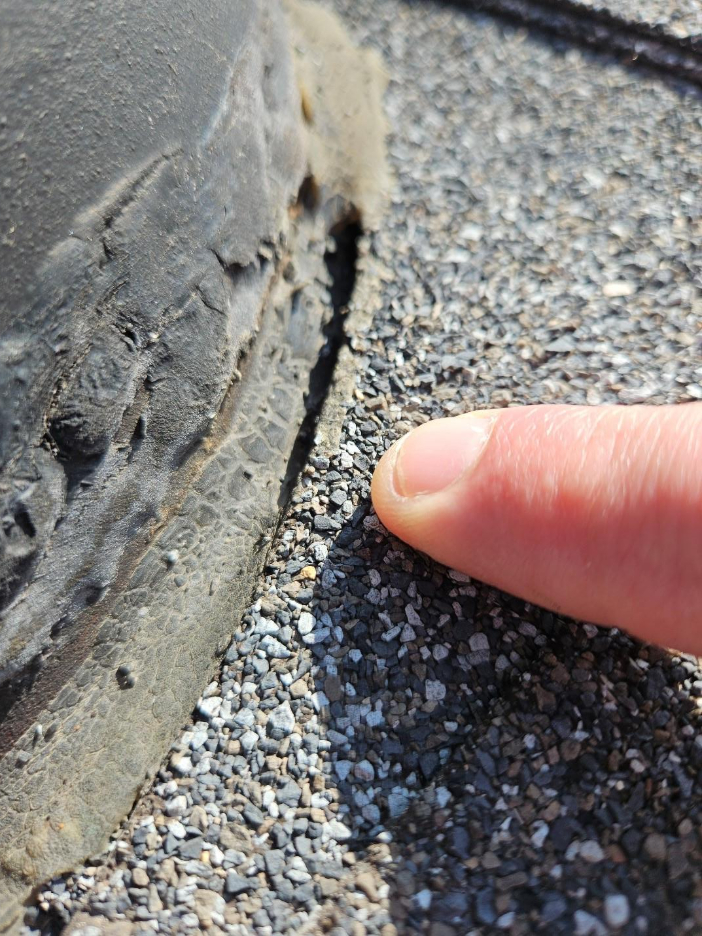

3) Exposed Nails: There are usually exposed nails on a strip of a ridge vent cap. The final strip usually has 4 nails exposed and they should be caulked. All others are usually covered with the preceding strip.
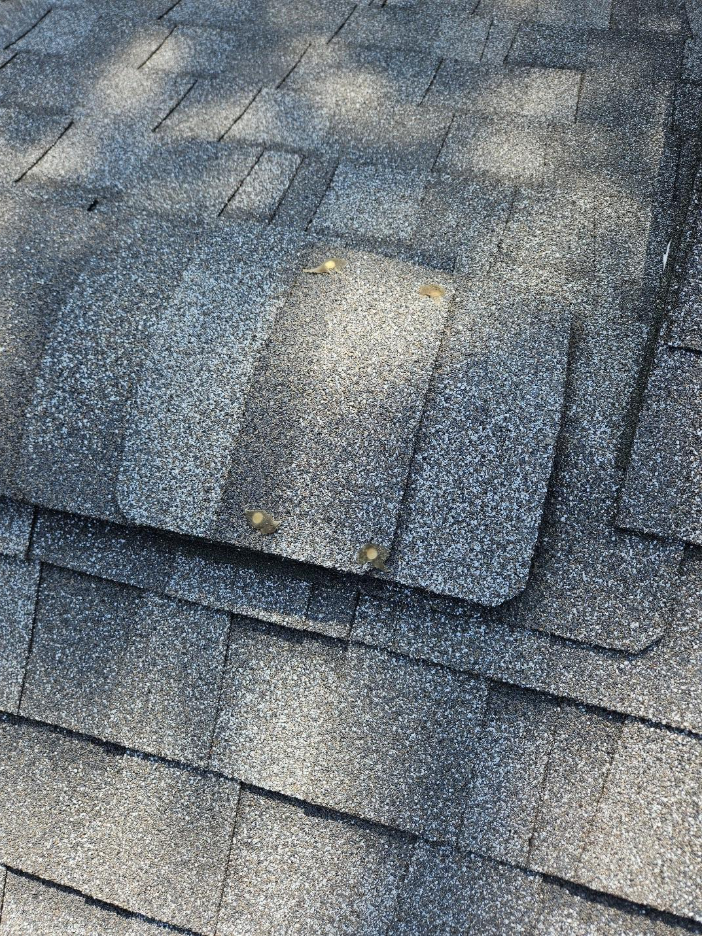
4) Missing Shingles: This one’s pretty self-explanatory, if there are missing shingles, then that creates an avenue for water to access the roof sheathing and create problems. Most Roof’s are sheathed with OSB (oriented strand board) and OSB DOES NOT handle water very well. It’ll absorb the water, swell and start to delaminate rather quickly. Missing shingles require immediate repair and are usually visible from the ground.
5) Wind Damaged Shingles: If shingles are curled up or peeling from high winds, then water (especially wind driven rain) could start to get under the shingle. A wind damaged shingle could be temporarily glued back down with roofing adhesive. Be sure to take time stamped photos before you glue them down to support any insurance claims.
6) Hail: How big does Hail have to be to cause damage? Asphalt shingles generally begin sustaining functional damage from hail about 1 inch in diameter, that’s roughly the size of a quarter. At this size, bruises, granule loss, and underlying mat fractures can occur. A professional inspection can help determine if you have hail damage. A good indicator though, is if your gutters or flue caps are dented, then there’s a good chance you have damaged shingles too.
7) Flashing: Keep an eye on flashing around any masonry chimneys or other roof penetrations. If the flashing starts to separate, rust or corrode, it can create a path for water to enter the roof structure.
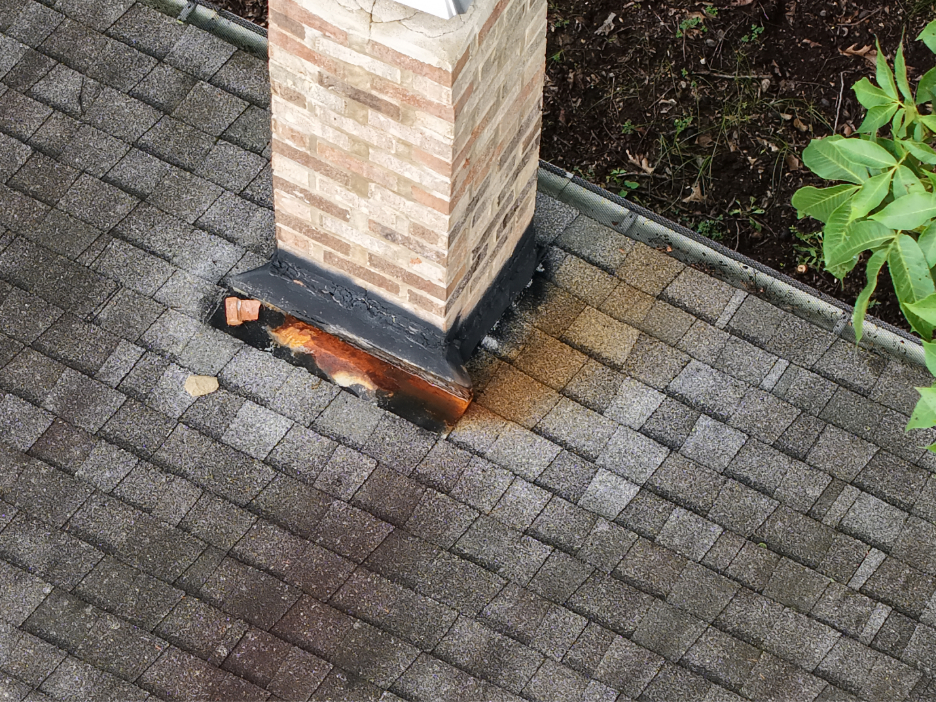
8) Soft spots on the roof: If you encounter any soft spots on the roof, tread lightly, and call a professional, it may indicate larger problems.
9) Satellites or Antennas: Satellite receivers or antennas are often lag screwed down. Be sure they are caulked and sealed, especially if they were installed higher then the eaves of the roof.
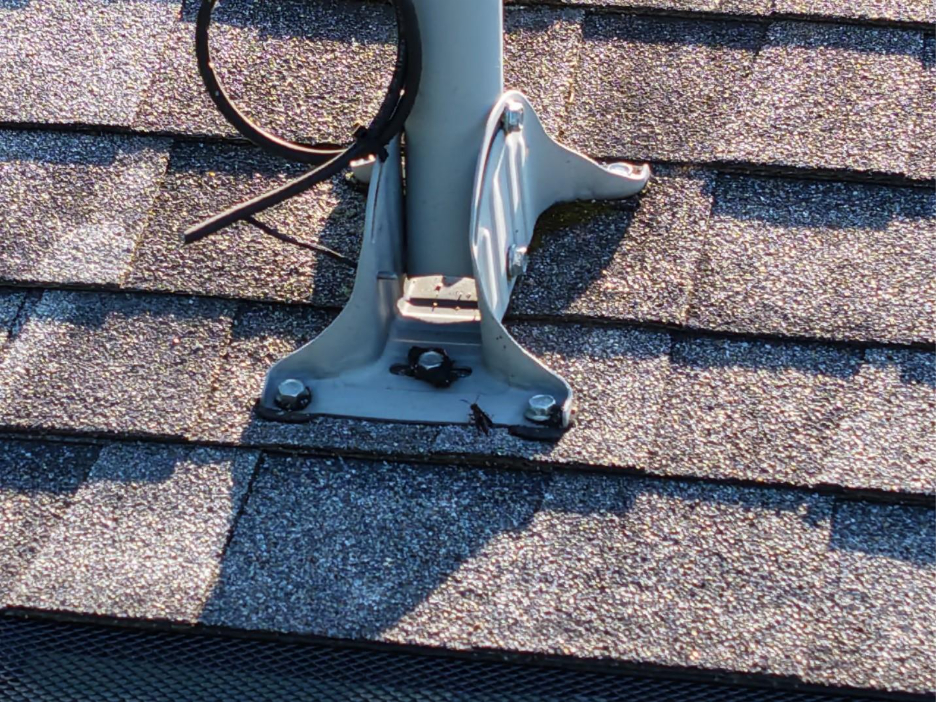
10) Storm collars: Make sure any storm collars on chimneys or flues are secured and sealed as appropriate.
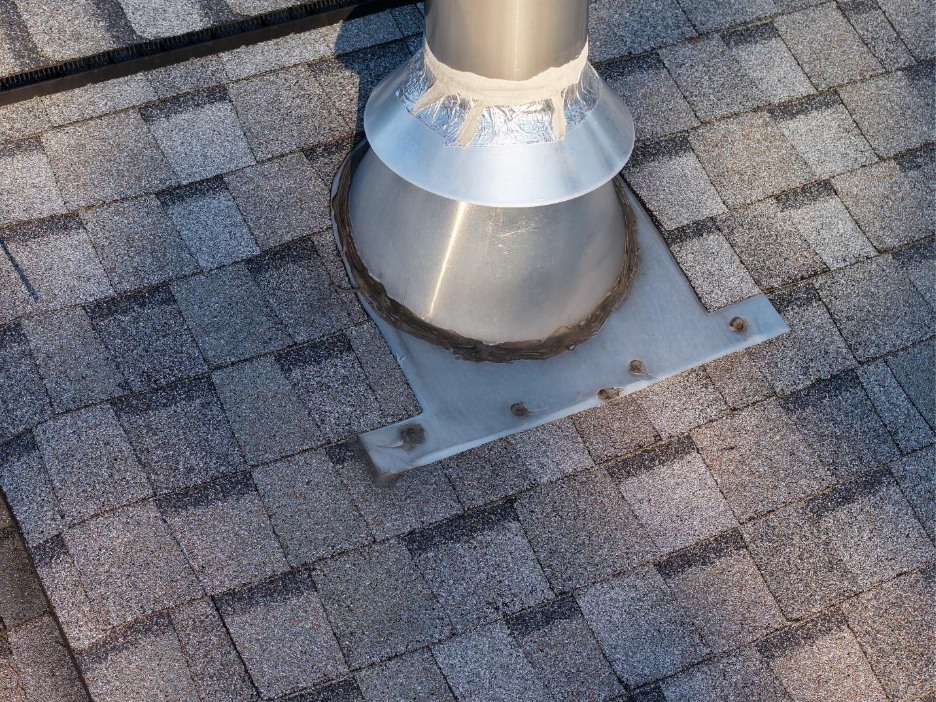
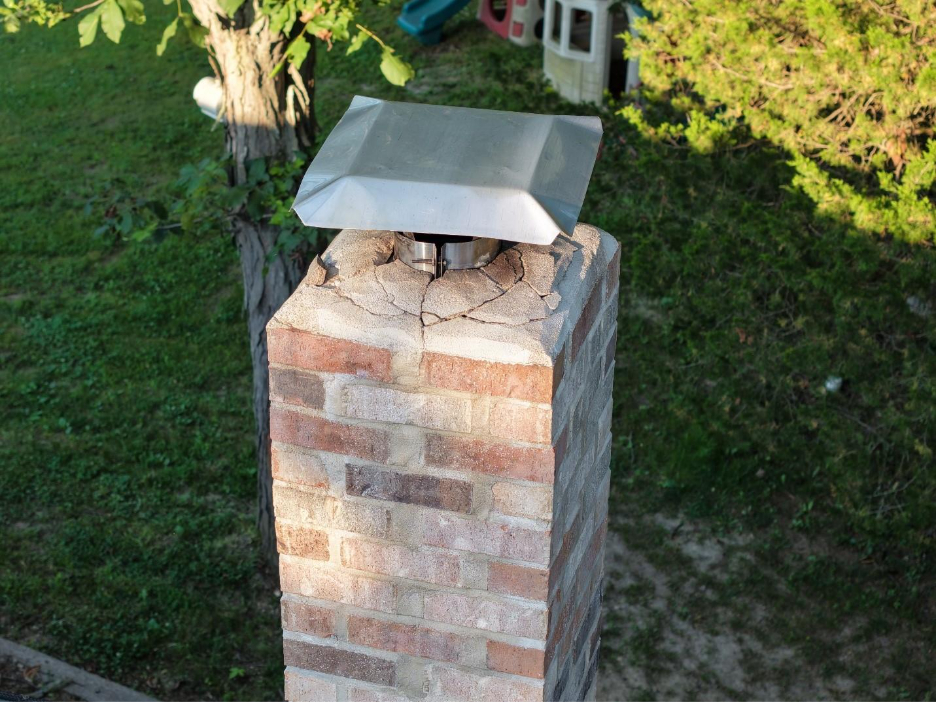
11) Chimney Caps: While you’re up there, check the chimney caps both masonry caps and metal caps. If they crack or have corroded, this can create another entry point for water.
